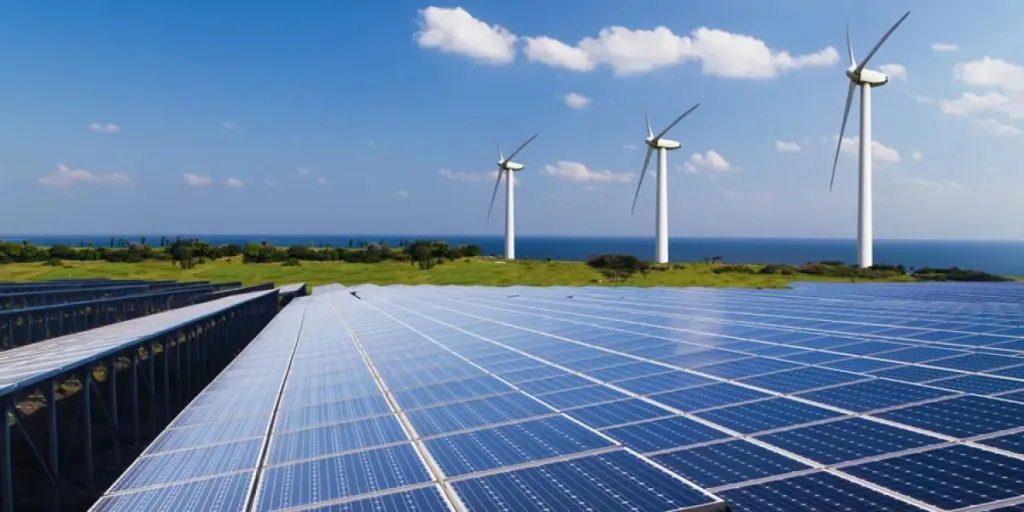- CAN Europe commissioned study looks at the potential and challenges for renewable energy in 2 Western Balkan markets
- North Macedonia needs to increase support for prosumers while bringing in a long-term coherent policy and economic support for renewables
- Serbia must simplify its subsidy procedures for prosumer PV installations, and go digital to bring down time to clear utility-scale projects
The lack of political will, intricate administrative processes, and insufficient governance planning within the energy sector are the primary impediments to the growth of renewables in North Macedonia and Serbia, says Climate Action Network (CAN) Europe.
It makes these assertions in a study titled Overcoming barriers for renewable energy deployment in the Western Balkans: The case of North Macedonia and Serbia.
The eclareon conducted study, commissioned by CAN Europe, analyzes the political, economic and regulatory frameworks in these 2 Western Balkan nations to list the challenges and opportunities for renewable energy growth here.
NORTH MACEDONIA
The country relies heavily on imported electricity and its coal reserves. The lignite-fueled REK Bitola is the largest source of domestic power generation capacity in the country, which is to be phased out by 2027.
Under its current National Energy and Climate Plan (NECP), which needs to be updated still, North Macedonia aims to grow the share of renewables to 38% in gross final energy consumption. Additionally, according to the Energy Strategy (green scenario 2040), the target is to expand the same to 45%, and rises to 49% in the Long-Term Strategy for Climate Action (2050).
Energy crisis, a result of the Russian agrgression in Ukraine, prompted the country to stick to its domestic thermal power plants.
Yet, the progress of renewable energy technologies is pretty slow. According to the report, at the end of September 2023, North Macedonia’s total installed solar PV capacity stood at 102.53 MW with 336 plants, whereas only 1 wind power plant functions here with a total of 36.8 MW.
The analysts list barriers to the growth of solar PV and wind energy in this market as the lack of a long-term coherent policy and economic support for renewable energy projects, and the lack of policy cohesion around the impacts of such facilities. Fast tracking, though desirable, may lead to adverse environmental implications.
There is also not sufficient support for prosumers, energy communities and vulnerable citizens, according to the writers.
Policy harmonization and synergy between the efforts of the private sector and the state is also needed to increase the share of renewable energy.
Recommendations: The study writers believe North Macedonia needs to improve its good governance in the energy sector by ensuring transparency, accountability, and the oversight of the monopolistic behavior of dominant energy companies with vested interests.
The country also needs to enable conditions for the development of renewable energy projects. Meaningful dialogue with local communities must be ensured to make way for projects in sensitive locations.
SERBIA
Hydro power and wind energy dominated Serbia is moving fast with its prosumer segment, and is also taking firm steps to install utility-scale renewable energy projects (see Serbia Evokes Chinese Interest For Renewable Energy).
The report welcomes the renewable energy auction plan for 3 years to award 1.3 GW of solar and wind power capacity till March 2025, under which the 1st auction for market premium was open till August 14, 2023 (see Wind & Solar Auction Launched In Serbia).
It is planned to be followed by another auction in Q1/2024 for 300 MW wind and 100 MW solar energy capacity, it adds. Another auction round for 300 MW wind and 150 MW solar is scheduled for Q1/2025. Additionally, the country also launched a 1 GW AC solar and storage tender for which it selected the consortium of Hyundai Engineering, Hyundai ENG America and UGT Renewables (see Serbia Picks Winners Of 1 GW Solar Power Auction).
Despite these positive steps, the Serbian market suffers from overly complex and lengthy procedures impacting energy communities, energy-vulnerable citizens and subsidies for prosumers, the report points out. Currently, the country has around 60 MW of ground-mounted and rooftop solar power capacity installed, the report writers estimate, while wind energy adds up to about 398 MW.
Prosumers are unable to sell excess electricity generated by the solar panels. Subsidies exist on paper to avoid energy poverty, but the writers believe instead of around 65% of the total cost covered, the limit should be raised to at least 90%.
Recommendations: First and foremost, Serbia must simplify its subsidy procedures for prosumer PV installations, along with simplifying procedures for the incorporation and grid-connection of energy communities. Making it mandatory for public entities to install rooftop solar systems for their electricity supply and heating is another measure recommended by the writers.
Serbia can do away with the lengthy paperwork that delays utility-scale renewable energy projects by enabling investors to inspect grid quality digitally.
“Our study reveals that, though there is a pressing need for reform, there lies a vast, untapped potential. Overcoming barriers to RES deployment is a readily achievable opportunity, leading to more efficient, renewable-based economies and fostering closer ties to the EU for the region,” said CAN Europe Director Chiara Martinelli.
The complete report is available for free viewing on CAN Europe’s website.
North Macedonia and Serbia, along with Albania, Bosnia & Herzegovina, Montenegro, and Kosovo, have the potential to transition to a clean energy system with renewables including 37.5 GW of solar PV capacity up to 2045, supported by energy storage, according to an Agora Energiewende study. It will be 15% less expensive than replacing the aging lignite-powered plants with new coal or fossil gas (see Scope For 37.5 GW Solar PV By 2045 In Western Balkans).
Source from Taiyang News
Disclaimer: The information set forth above is provided by Taiyang News independently of Alibaba.com. Alibaba.com makes no representation and warranties as to the quality and reliability of the seller and products.




